________________________________________________________________________________
John Deere 5225, 5325, 5425, 5525, 5625 PTO and Hitch
- JD 5225-5625 Engine
- JD 5225-5625 PTO and Hitch
- JD 5225-5625 Drivetrain
- JD 5225-5625 Hydraulic System
JD 5225, 5325, 5425,
5525, 5625 PTO
Reversing 540/1000 RPM PTO Stub Shaft
Power Take-Off stub shaft has six splines for operating 540-rpm
implements and 21 splines for 1000-rpm implements. A flattened area on
the stub shaft facilitates
snap ring removal and installation.
- Align snap ring ends with access flat. Remove snap ring and pull out
stub shaft.
- Clean stub shaft thoroughly and coat with grease. Be sure end bore is
clean when installing shaft for 1000-rpm operation.
- Turn stub shaft end-for-end and insert in Power Take-Off housing until
snap ring groove is visible.
- Install snap ring. Move shift lever to agree with stub shaft position.
Attaching PTO (Driven Implement)
- Turn key to STOP position to shut off engine.
- Put drawbar in extended position. If implement will be connected to
3-point hitch, be sure drawbar will not interfere. Fully retract drawbar
or remove it if necessary.
Install drawbar lock pin.
- Attach implement to John Deere 5225, 5325, 5425, 5525, 5625 tractor
(drawbar or 3-point hitch) before connecting Power Take-Off driveline.
Raise hitch to full-up
(transport) position if it is not to be used.
- Rotate PTO shield up for clearance. With engine off, turn PTO shaft by
hand to line up splines. Connect driveline to PTO shaft. Pull out on
shaft to be sure
driveline is locked to PTO shaft. Return Power Take-Off shield to down
position.
- Check that all shields are in place and in good condition. Never
operate PTO unless master shield is properly installed. WITH ENGINE
STOPPED, check integral
shields on driveline by making sure they rotate freely on shaft.
Lubricate or repair as necessary. Check for interference.
Selecting Correct PTO Speeds
540/540E Operation
- For standard 540 PTO operation (load requiring full engine power),
pull lever back to 540 position.
- For economical PTO operation (lighter load), push lever forward to
540E position. In economical mode, engine is run at lower rpm to
conserve fuel and reduce
overall operating noise while still turning PTO shaft at 540 rpm.
- With PTO shift lever in 540E position, engine fast idle speed is
limited to 1700 rpm.
- Same shift lever design is used for both 540/540E PTO and 540/1000
PTO.
540/1000 Operation
- Power Take-Off conversion kits are available for most tractors. For
540 rpm PTO operation pull lever back to 540 position.
- When PTO stub shaft is installed for 540 rpm implement, a mechanical
interlock prevents shifting from 540 rpm to 1000 rpm setting.
- Stub shaft must be reversed from 540 to 1000 rpm position before
moving shift lever to 1000 rpm position.
- For 1000 rpm PTO operation, push lever forward to 1000 position.
Operating JD 5225, 5325, 5425, 5525, 5625 Tractor PTO
Engine will not start if PTO lever is engaged. If equipped with EH PTO
switch, engine will start with switch up (engaged), but PTO shaft will
not rotate until switch is
reset.
Depress clutch pedal, start engine and push hand throttle lever forward
until tachometer indicates PTO rated speed: 540E - 1700 RPM / 540 - 2400
RPM (full
power) / 1000 - 2400 RPM (full power). When in 540E position, engine
speed is mechanically limited to a maximum of 1700 rpm. 540E operation
will not engage if
engine speed is above 1700 rpm. Both 540 rpm and 1000 rpm PTOs operate
at same engine speed: 2400 rpm. PTO is engaged or disengaged without
depressing
clutch pedal.
Engage Power Take-Off
- Lever Operated: Move control lever inward and forward to engage PTO.
- EH Switch Operated: Lift switch knob up to "I" position to engage PTO.
- PTO indicator will light when PTO is engaged.
- A warning alarm will sound if operator leaves seat with PTO engaged.
If engine is stopped while PTO is engaged: 1) Lever Operated PTO -
Disengage PTO, restart engine and engage PTO. 2) EH Switch Operated PTO
- Restart
engine, depress and lift switch knob to reset and engage PTO.
Disengage Power Take-Off
- Lever Operated: Pull lever back to latch stop position to disengage
PTO.
- Lever latch stop prevents accidental engagement of the PTO.
- EH Switch Operated (if equipped):Push switch knob down to "O" position
to disengage PTO.
- PTO brake automatically engages when PTO is disengaged.
Adjusting 540/540E PTO Lever and Linkage
- Remove spring locking pin from upper control cable. Disconnect yoke
from arm.
- Rotate arm to the rear position (clockwise). Move 540/540E PTO lever
to the forward position.
- Loosen jam nut from yoke. Adjust yoke until spring locking pin aligns
with hole in yoke and arm. Install spring locking pin and tighten jam
nut to yoke.
- Start engine and move throttle lever until 1700 rpm is indicated on
tachometer. Do not move throttle lever after 1700 rpm is reached.
- Shut engine off with throttle lever positioned at 1700 rpm. Make sure
throttle linkage at fuel injection pump does not move during the next
step.
- Slowly move the 540/540E control lever fully forward. Make sure
throttle linkage does not move forward during this step.
- If linkage moves forward, loosen jam nut and turn adjustment nut
counterclockwise until a gap of 6 mm (0.25 in.) is between adjustment
nut and plate.
- Loosen jam nut and turn adjustment nut until seated against plate.
- Hold adjustment nut using a wrench, and tighten jam nut.
Adjusting PTO Clutch Lever Linkage (Mechanical PTO Lever)
Straddle Mount and Hi-Crop

A - Power Take-Off Clutch Lever, B - Clip Pin, C - Jam Nut, D - Arm, E -
Rod, F - Clevis
- Move PTO clutch lever (A) to rearward (disengaged) position. Loosen
jam nut (C) from rear of clevis (F). Remove clip pin (B).
- Adjust length of rod (E) so clip pin (B) can be inserted with rod
pulled forward and arm (D) pulled rearward to eliminate free play.
- Lengthen rod (E) by 1/2 turn of clevis (F) to provide a slight amount
of lever free play.
- Reinstall clip pin (B) in clevis (F) and arm (D). Check for equal
thread engagement at each end of PTO clutch rod.
- Jam nut at rear (not shown) can be loosened and rod turned to equalize
thread engagement (PTO adjustment is not affected).
- Tighten jam nuts (C) at each end of rod.
Cab and IOOS
- Move PTO clutch lever to rearward (disengaged) position.
- Pull rubber floor mat away from left side of floor.
- Remove access cover. Loosen jam nut at rear of yoke.
- Remove cap screw and nut disconnecting yoke from PTO clutch arm.
- Move PTO clutch arm rearward to engaged position. Back off PTO clutch
arm approximately 1.2 cm (0.5 in.) and hold in position.
- Install cap screw back into yoke and turn yoke clockwise or
counterclockwise until yoke lines up with PTO clutch arm.
- Connect yoke to PTO clutch arm with cap screw and install nut. Tighten
jam nut against yoke.
- Install access cover. Pull rubber floor mat back over access cover.
5225, 5325, 5425, 5525, 5625 John Deere Hitch
Using Mechanical Rockshaft Position Control
Use position control lever to control hitch movement and depth:
Transport - For transport of implements and end of field turn-around,
pull control lever fully rearward for both load and non-load sensing
usage.
Constant Depth - For constant depth of implements on level terrain and
for non-ground engaging implements such as spreaders or sprayers, put
position control
lever at desired depth. Operate implement for a few minutes to determine
proper depth or height. Lift tab and slide stop against position control
lever. Turn tab to
tighten and press down to lock stop in place. Rockshaft will return to
the same position each time control lever contacts the stop.
Float - For float operation for implements with skids or depth gauge
wheels designed to carry full implement weight, push both position and
draft control levers all
the way forward, so implement can follow ground contour. Lift links can
be adjusted for lateral float.
Using Mechanical Draft Control
The rockshaft is equipped with variable draft control system:
- Operating with a fully mounted implement in hill and swale terrain,
the implement will rise and lower to follow the ground contours while
maintaining a nearly
constant depth.
- Operating in varying soil conditions, the implement is raised slightly
to get through tough spots so you do not have to shift to a lower gear.
Change draft sensitivity ranges by repositioning the center link.
For draft load sensing operation:
- Pull control lever to its fully rearward position and push the draft
control lever to the fully forward (least draft) position.
- With John Deere 5225, 5325, 5425, 5525, 5625 tractor moving, push
control lever forward to set implement operating depth.
- Set position control lever stop. The operating depth set up will
prevent the rockshaft from lowering all the way when the tractor begins
to slip.
- Pull draft sensing lever rearward until desired draft sensing
sensitivity is obtained.
- To slightly raise implement (for getting through slippery spots in a
field), push control lever past the draft control setting.
- Pull control lever fully rearward to raise the hitch at the end of the
field.
Using EH External Raise and Lower Switches
When using the fender mounted switches, the rockshaft raises and lowers
at a slower rate, and the height and depth settings are ignored. Fender
switches are
disabled when hitch is in transport position.
Press and hold switch to move rockshaft: RAISE implement with top switch
/ LOWER implement with bottom switch.
Once either switch is activated, the rockshaft is prevented from moving
accidentally.
To reactivate the rockshaft, return to the operator station:
- Move hitch control lever to position that corresponds to position of
the draft links.
- Actuate raise/lower switch.
Adjusting Raise Height - Control the implement height with knob: For
minimum height, turn COUNTERCLOCKWISE. For maximum height, turn
CLOCKWISE.
Adjusting Rate-of Drop

A - Hitch Control Lever, B - Raise/Lower Switch, C - Height-Limit
Control, D - Rate-of-Drop Control Knob, E - Depth Stop Wheel, F - Hitch
Control Lever, G -
Load/Depth Control Knob
Fully lowering implement should take at least 2 seconds.
Control the speed the rockshaft and mounted implement lowers with knob
(D):
- To slow rate-of-drop, turn knob COUNTERCLOCKWISE.
- For faster rate-of-drop, turn knob CLOCKWISE.
Adjusting Depth Stop
- Push down and rotate wheel (E) to set stop to the desired working
depth.
- Push control lever (F) forward to contact the stop to return the
implement to the indicated working depth.
- To lower hitch below the preset depth, lift and push the control lever
past the stop.
Using Float Control
- For rockshaft-controlled implements with a gauge wheel, implements can
move freely up and down to follow ground contours independent of the JD
5225, 5325,
5425, 5525, 5625 tractor.
- Turn control knob (G) to position control detent and push hitch
control lever (F) as far forward as it will go.
- Adjust lift links for lateral float.
Adjusting Load/Depth EH Controls
Hitch has two operating modes: Detent control position / Draft control
positions.
Position Control Setting - With load/depth knob in detent control
position, the implement is held at the selected position.
Using Draft Control
Turn load/depth knob to one of five draft settings, to control depth and
load, depending on implement and field or soil conditions:
- Turn COUNTERCLOCKWISE to reduce draft response.
- Turn CLOCKWISE to increase draft response.
With the control turned to a higher number, the implement is raised as
resistance (soil density) increases and lowered as resistance decreases;
typical settings.
Integral Ripper/Subsoiler - 1-3
Integral Chisel Plow - 2-4
Semi-Integral Moldboard Plow - 2-4
Integral Moldboard Plow - 3-5
Integral Field Cultivator - 4-5
Preparing Implement
When attaching Category I implements to the 5225, 5325, 5425, 5525, 5625
John Deere tractor, sway bars may need adjustment to prevent binding and
limiting full
raise of the hitch. Category I, 3-Point Hitch is narrower and is used
for smaller implements than Category II implements. Category II
implements should have the top
hole of the implement mast located 483 mm (19 in.) above the lower pins.
Drill another hole in top mast or extend top mast if necessary.
Converting Category II Hitch to Category I
Center link end is sized for Category II implement attaching pin. If
Category I implements are to be used, the Category II hitch can be
converted as follows: Insert
reducer bushing in center link end. Smaller implement mast pin is also
needed when bushing is installed. Rotate balls in draft link ends to fit
over implement pins.
Positioning Center Link
The center link attaching bracket has holes which allow three different
positions for attaching the center link. The position affects the draft
sensing sensitivity.
Should the following conditions occur, move center link to indicated
holes to correct.
- Excessive hitch activity or hunting occurs in draft control operation
- Use Upper or Middle Holes.
- Rear of implement rises too much when lifted. The implement weight
which can be lifted is reduced slightly with center link attachment in
lower holes - Use Upper
or Middle Holes.
- Rear of implement drags the ground - Use Middle or Lower Holes.
- Draft control lever range is too small - Use Middle or Lower Holes.
- Hitch seems unresponsive in draft control operation and allows engine
speed to drop too far before raising rockshaft - Use Middle or Lower
Holes.
Implements with Category I mast height 457 mm (18 in.) will normally use
the lower two attaching holes and implement with Category II mast height
483 mm (19 in.)
will use the upper two holes.
Adjusting Hitch Side Sway
- Check implement operator's manual for instruction on whether to allow
side sway.
- If sway is desired, install pin in outer hole, ensuring it goes
through slot of inner sliding member.
- If sway is not desired, move draft link to desired position.
- Install pin in one of five fixed position holes that lines up with one
of the holes (not slot) of the inner member.
- Adjust opposite side sway bar to same position.
Leveling the 5225, 5325, 5425, 5525, 5625 Hitch
Lower implement to take weight off hitch and adjust center link to level
implement front-to-rear. Dont attempt to overextend center link beyond
limits of locking clip
or lift links past the stops. Link body threads could be damaged.
Maximum adjustment range of the center link can only be obtained if the
ends are positioned
equally within the body when attached to an implement. On later model
tractors make sure the center link does not unscrew past the extension
limit groove cut into
threads. Unlatch locking clip. Rotate center link body: CLOCKWISE to
lengthen center link. COUNTERCLOCKWISE to shorten center link. Latch
locking clip.
Adjust right link to level implement side-to-side. Lift locking handle
and rotate 90° to engage slot onto roll pin. Turn locking handle:
CLOCKWISE to raise draft link.
COUNTERCLOCKWISE to lower draft link. Lift handle and rotate 90° to
engage slot onto locking tab of lower body to prevent change of
adjustment during
operation.
Left lift link is also adjustable in length to accommodate two different
length right lift link assemblies used, depending on tire size. The
following adjustments will
provide optimum hitch leveling: Right lift link, center threaded section
measures 316 mm (12-7/16 in.) long: Adjust the left lift link to 550 mm
(21-5/8 in.) from pin-to-pin (lateral float locked out).
Right lift link, center threaded section measures 266 mm (10-1/2 in.)
long: Shorten the left lift link to 450 mm (17-7/16 in.). To change the
left lift link length: Remove
upper lift link pin. Rotate the upper end assembly: CLOCKWISE to
shorten. COUNTERCLOCKWISE to lengthen. Install upper pin and locking
pin.
Adjusting Lateral Float
To allow draft link to rise slightly as implement follows ground
contour, put pin head and rectangular washer in vertical position.To
hold implement rigid, place pin
head and rectangular washer in horizontal position.
Float position: Hitch-mounted implements (cultivator or mower), which
have ground gauging skids or wheels which may cause the implement to
twist relative to the
tractor. Rigid position: Plows and ground engaging implements that
should not twist relative to the tractor.
- JD 5225-5625 Engine
- JD 5225-5625 PTO and Hitch
- JD 5225-5625 Drivetrain
- JD 5225-5625 Hydraulic System
________________________________________________________________________________
________________________________________________________________________________________
________________________________________________________________________________________
________________________________________________________________________________________
________________________________________________________________________________________
________________________________________________________________________________________
________________________________________________________________________________________
________________________________________________________________________________________
________________________________________________________________________________________
________________________________________________________________________________________
________________________________________________________________________________________
________________________________________________________________________________________
________________________________________________________________________________________
________________________________________________________________________________________
________________________________________________________________________________________
________________________________________________________________________________________
________________________________________________________________________________________
________________________________________________________________________________________
________________________________________________________________________________________
________________________________________________________________________________________
________________________________________________________________________________________
________________________________________________________________________________________
________________________________________________________________________________________
________________________________________________________________________________________
________________________________________________________________________________________
________________________________________________________________________________________
________________________________________________________________________________________
________________________________________________________________________________________
________________________________________________________________________________________
________________________________________________________________________________________
________________________________________________________________________________________
________________________________________________________________________________________
________________________________________________________________________________________
________________________________________________________________________________________
________________________________________________________________________________________
________________________________________________________________________________________
________________________________________________________________________________________
________________________________________________________________________________________
________________________________________________________________________________________
________________________________________________________________________________________
________________________________________________________________________________________
________________________________________________________________________________________
________________________________________________________________________________________
________________________________________________________________________________________
________________________________________________________________________________________

 JD SPECS
JD SPECS JD LOADERS
JD LOADERS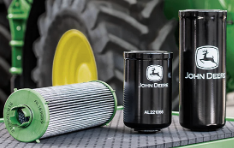 JD MAINTENANCE
JD MAINTENANCE JD INSTRUCTIONS
JD INSTRUCTIONS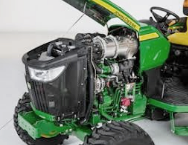 JD PROBLEMS
JD PROBLEMS JD 2025R
JD 2025R JD 3039R
JD 3039R JD 4044R
JD 4044R JD 4105
JD 4105 JD 4720
JD 4720 420 Loader
420 Loader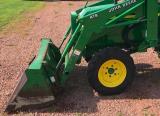 419 Loader
419 Loader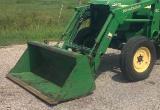 510 Loader
510 Loader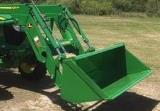 512 Loader
512 Loader 520 Loader
520 Loader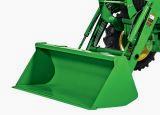 520M Loader
520M Loader 540M NSL
540M NSL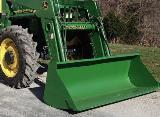 540 Loader
540 Loader 440R Loader
440R Loader H180 Loader
H180 Loader JD 5045E
JD 5045E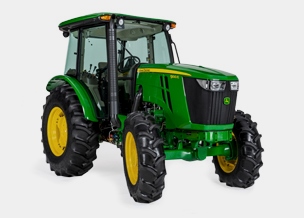 JD 5085E
JD 5085E JD 5100M
JD 5100M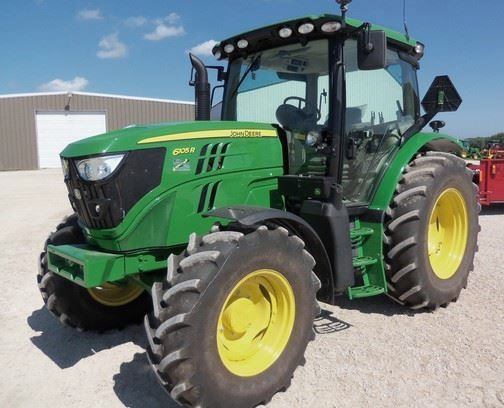 JD 6105R
JD 6105R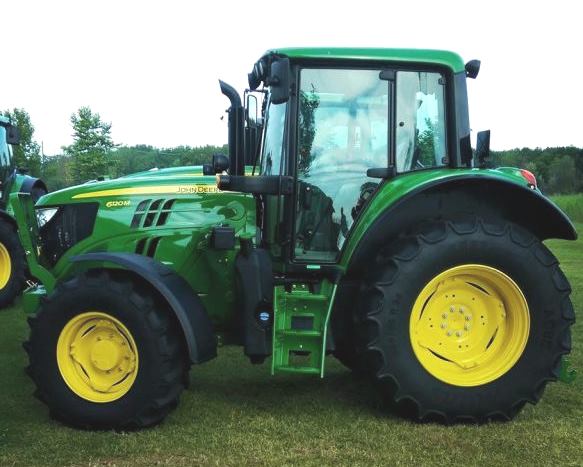 JD 6120M
JD 6120M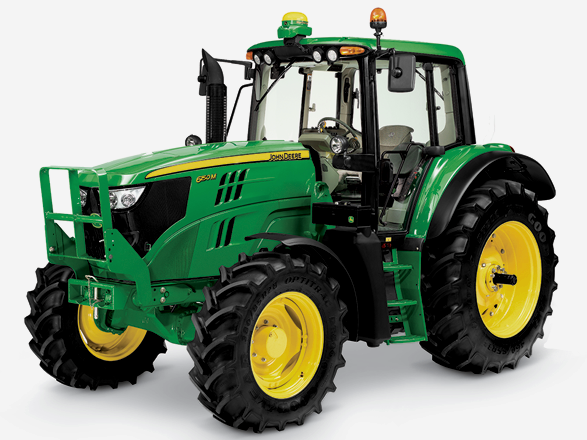 JD 6155M
JD 6155M JD 6195R
JD 6195R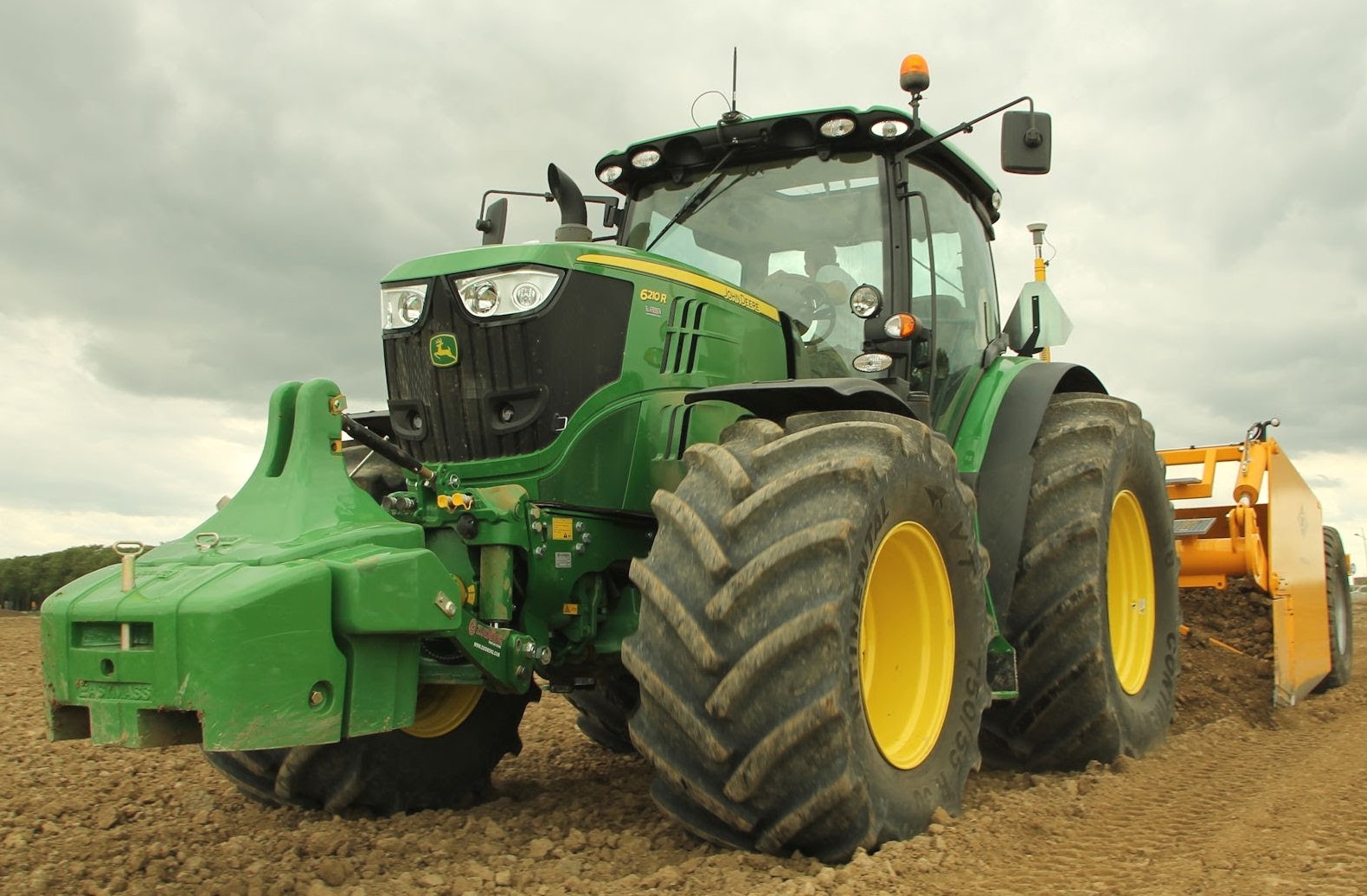 JD 6210R
JD 6210R JD 7210R
JD 7210R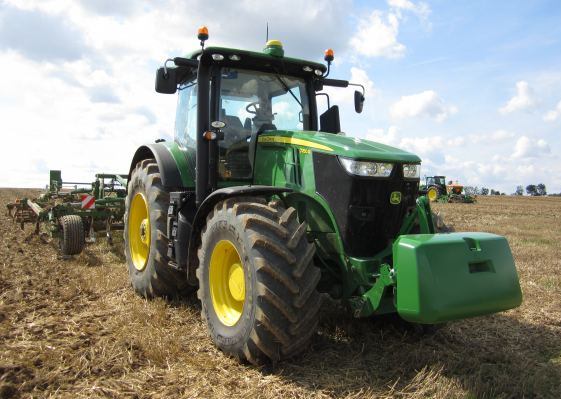 JD 7250R
JD 7250R JD 7310R
JD 7310R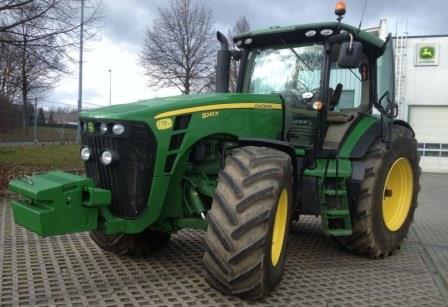 JD 8245R
JD 8245R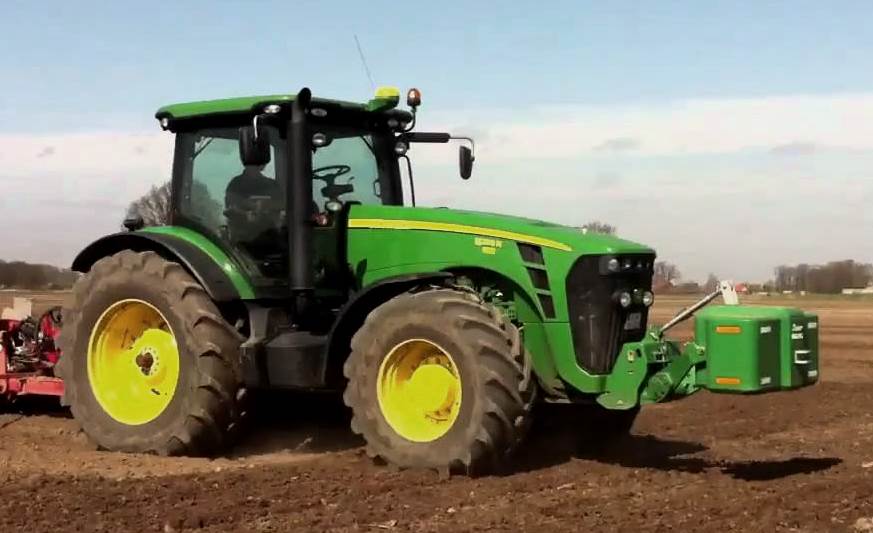 JD 8295R
JD 8295R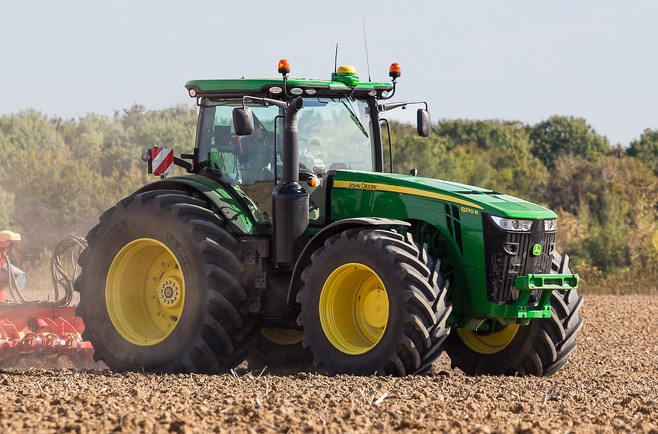 JD 8370R
JD 8370R JD 9370R
JD 9370R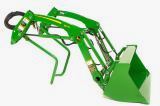 120R Loader
120R Loader D120 Loader
D120 Loader H120 Loader
H120 Loader 45 Loader
45 Loader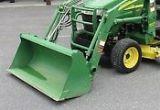 200CX Loader
200CX Loader D160 Loader
D160 Loader D170 Loader
D170 Loader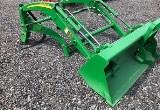 H160 Loader
H160 Loader H165 Loader
H165 Loader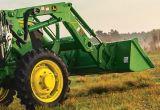 H240 Loader
H240 Loader 210 Loader
210 Loader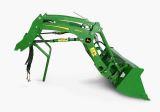 220R Loader
220R Loader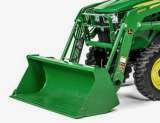 300E Loader
300E Loader 300X Loader
300X Loader 300CX Loader
300CX Loader JD 9420R
JD 9420R JD 9510R
JD 9510R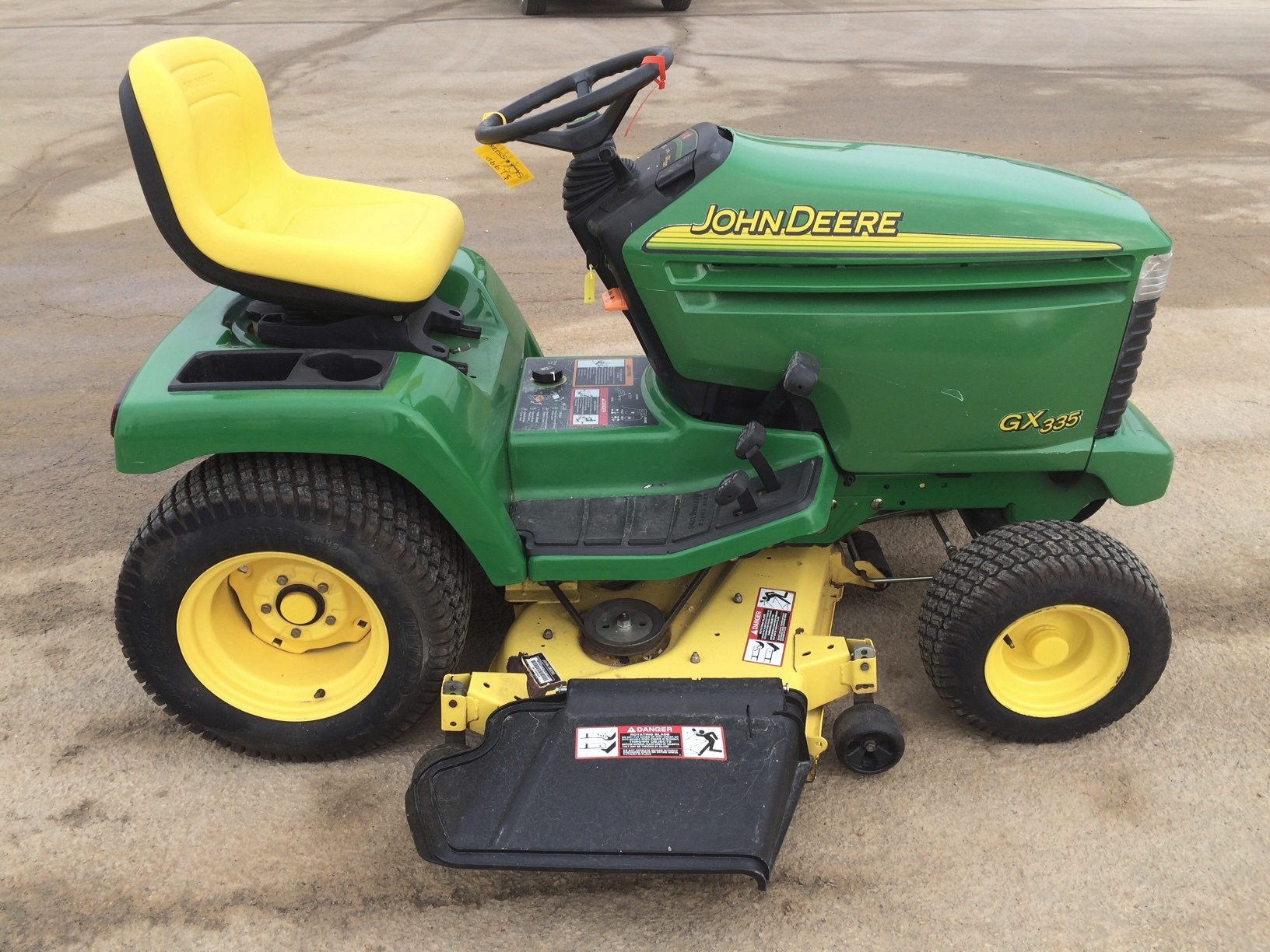 JD GX335
JD GX335 JD GX85
JD GX85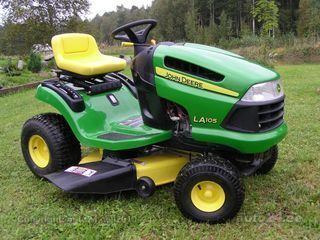 JD LA105
JD LA105 JD 5065M
JD 5065M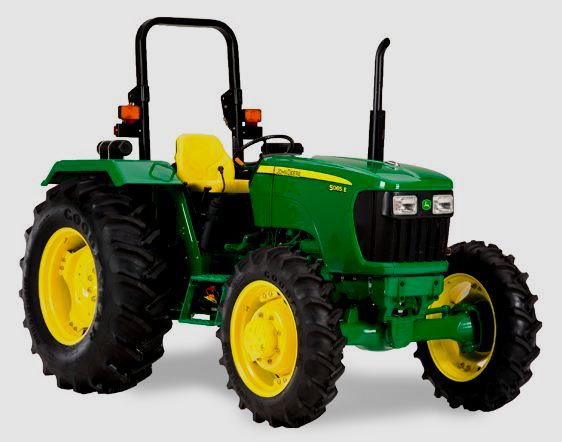 JD 5055D
JD 5055D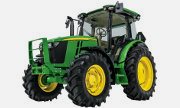 JD 5115R
JD 5115R JD 5105M
JD 5105M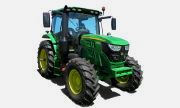 JD 6110R
JD 6110R JD 6130D
JD 6130D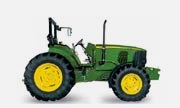 JD 6225
JD 6225 JD 7530
JD 7530 JD 4044M
JD 4044M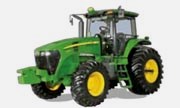 JD 7185J
JD 7185J 300 Loader
300 Loader 300R Loader
300R Loader 320R Loader
320R Loader 400E Loader
400E Loader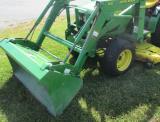 410 Loader
410 Loader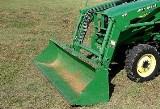 430 Loader
430 Loader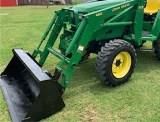 460 Loader
460 Loader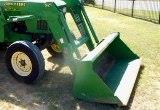 521 Loader
521 Loader 531 Loader
531 Loader 541 Loader
541 Loader 551 Loader
551 Loader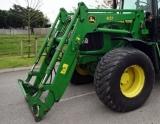 631 Loader
631 Loader 651 Loader
651 Loader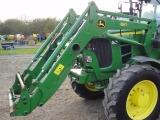 661 Loader
661 Loader 603R Loader
603R Loader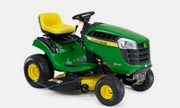 JD D130
JD D130 JD D160
JD D160 JD 325
JD 325 JD 335
JD 335 JD 345
JD 345 JD 2520
JD 2520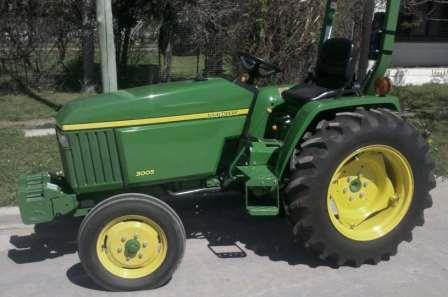 JD 3005
JD 3005 JD 3720
JD 3720 JD 1025R
JD 1025R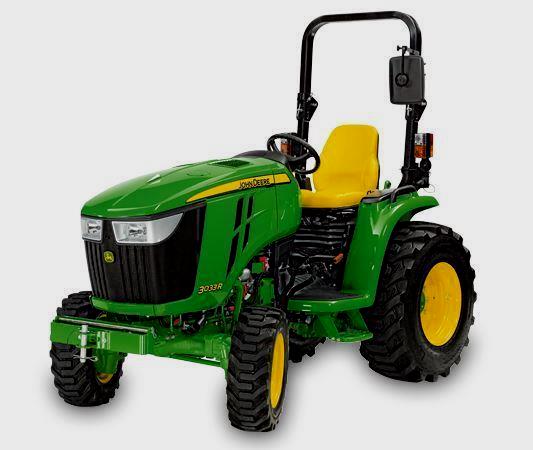 JD 3033R
JD 3033R JD 5090EL
JD 5090EL JD 5100MH
JD 5100MH JD 5075GV
JD 5075GV JD 6090RC
JD 6090RC JD 6110B
JD 6110B 623R Loader
623R Loader 643R Loader
643R Loader 731 Loader
731 Loader 746 Loader
746 Loader 751 Loader
751 Loader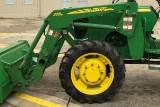 533 Loader
533 Loader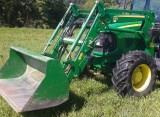 583 Loader
583 Loader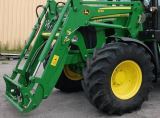 633 Loader
633 Loader 653 Loader
653 Loader 683 Loader
683 Loader H260 Loader
H260 Loader 663R Loader
663R Loader 663 Loader
663 Loader 683R Loader
683R Loader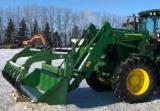 753 Loader
753 Loader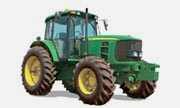 JD 6125J
JD 6125J JD 6150RH
JD 6150RH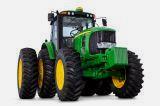 JD 6210J
JD 6210J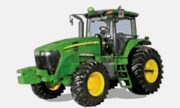 JD 7195J
JD 7195J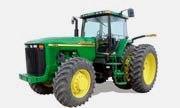 JD 8310
JD 8310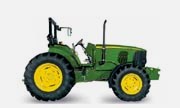 JD 6325
JD 6325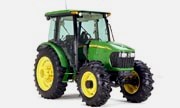 JD 5525
JD 5525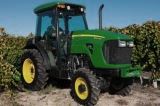 JD 5083EN
JD 5083EN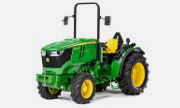 JD 5100GN
JD 5100GN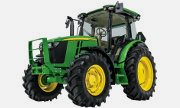 JD 5125R
JD 5125R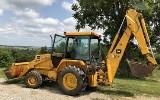 210C Backhoe
210C Backhoe 300D Backhoe
300D Backhoe 310G Backhoe
310G Backhoe 410G Backhoe
410G Backhoe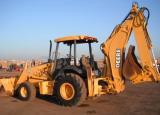 710G Backhoe
710G Backhoe 80 Loader
80 Loader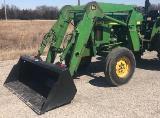 100 Loader
100 Loader 146 Loader
146 Loader 148 Loader
148 Loader 158 Loader
158 Loader 168 Loader
168 Loader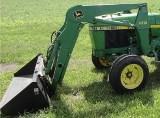 175 Loader
175 Loader 522 Loader
522 Loader 542 Loader
542 Loader 540R Loader
540R Loader 562 Loader
562 Loader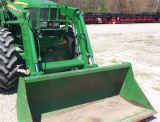 563 Loader
563 Loader 673 Loader
673 Loader 741 Loader
741 Loader L108 Automatic
L108 Automatic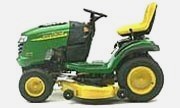 L120 Automatic
L120 Automatic LA110 Automatic
LA110 Automatic LA120 Automatic
LA120 Automatic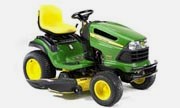 LA150 Automatic
LA150 Automatic LT155
LT155 LT160 Automatic
LT160 Automatic LT180 Automatic
LT180 Automatic LTR180
LTR180 X165
X165 E100
E100 E120
E120 E150
E150 LTR166
LTR166 LA135
LA135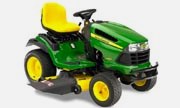 LA165
LA165 LX277
LX277 LX288
LX288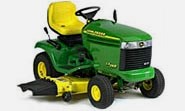 LX255
LX255 S240
S240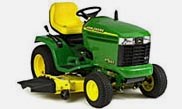 GT235
GT235 G110 Automatic
G110 Automatic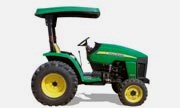 JD 3203
JD 3203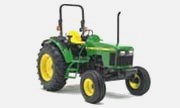 JD 5520
JD 5520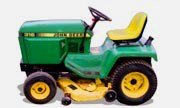 JD 316
JD 316 JD 420
JD 420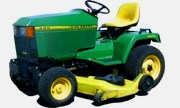 JD 425
JD 425 JD 445
JD 445 JD_5050D
JD_5050D X300
X300 X304
X304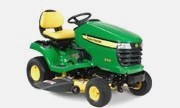 X310
X310 X110 Automatic
X110 Automatic H310 Loader
H310 Loader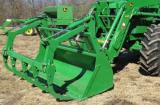 H340 Loader
H340 Loader H360 Loader
H360 Loader H380 Loader
H380 Loader H480 Loader
H480 Loader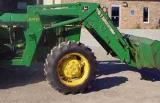 240 Loader
240 Loader 245 Loader
245 Loader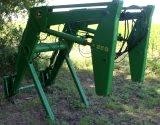 260 Loader
260 Loader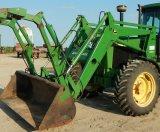 265 Loader
265 Loader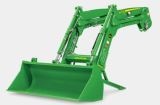 600R Loader
600R Loader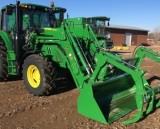 620R Loader
620R Loader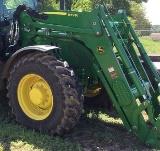 640R Loader
640R Loader 660R Loader
660R Loader 680R Loader
680R Loader JD_5039D
JD_5039D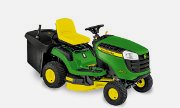 X146R
X146R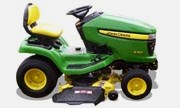 X360
X360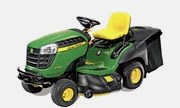 X155R
X155R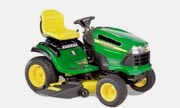 X140 Automatic
X140 Automatic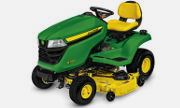 X350
X350 X380
X380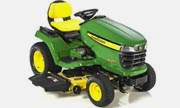 X500
X500 X590
X590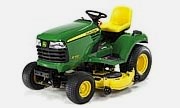 X700
X700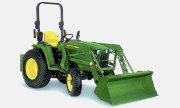 3036E
3036E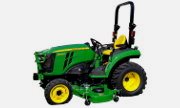 2038R
2038R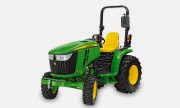 3038R
3038R 4049M
4049M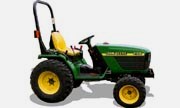 JD 4100
JD 4100 X738
X738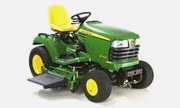 X740
X740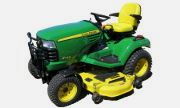 X748
X748 X749
X749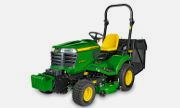 X950R
X950R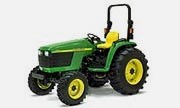 JD 4510
JD 4510 5045D
5045D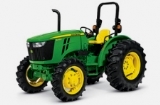 5050E
5050E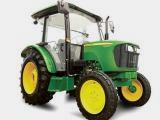 5060E
5060E 5078E
5078E